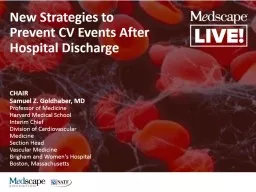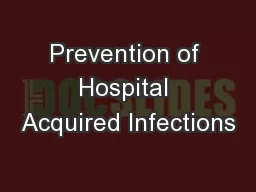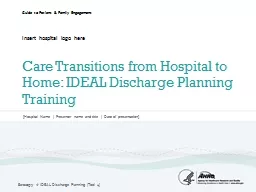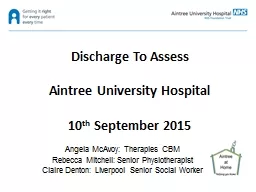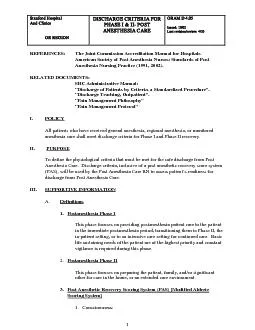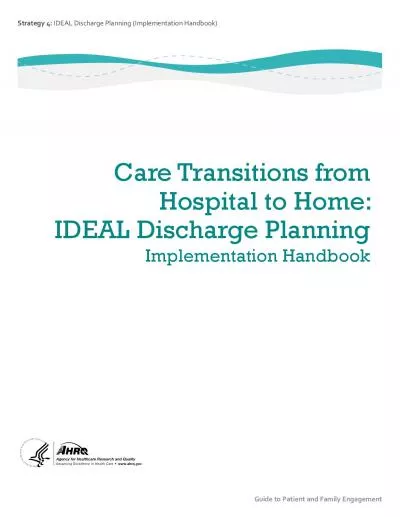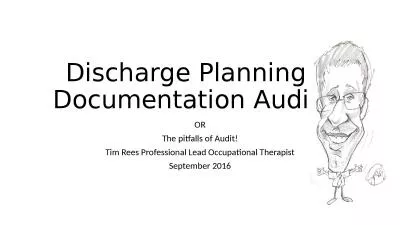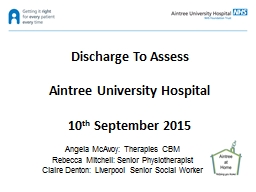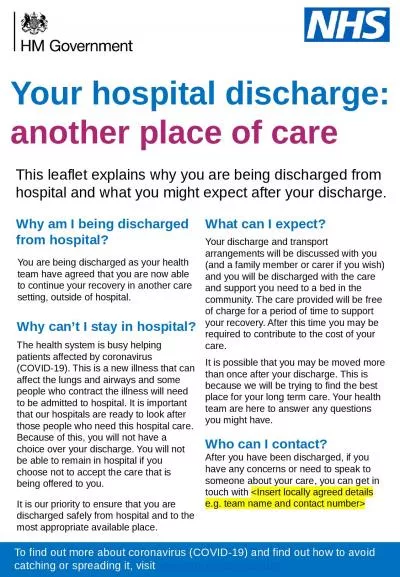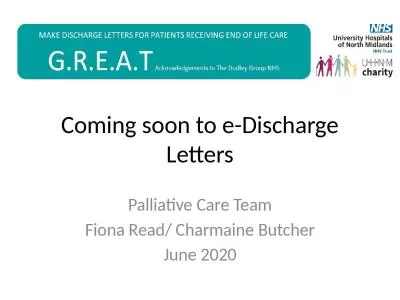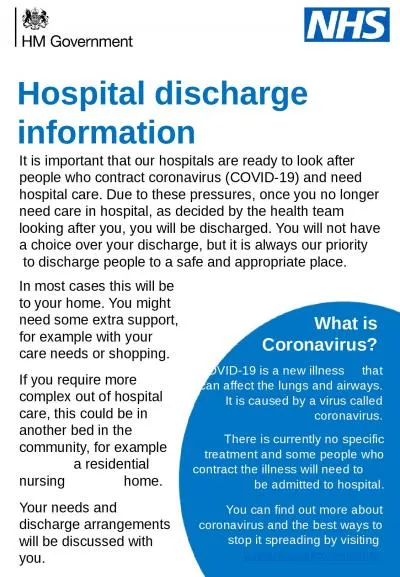PPT-New Strategies to Prevent CV Events After Hospital Discharge
Author : luanne-stotts | Published Date : 2018-11-09
Program Agenda Crisis and Unmet Needs in Medically Ill Hospitalized Patients Call to Action World Thrombosis Day Facts Absolute Risk of DVT in Hospitalized Patients
Presentation Embed Code
Download Presentation
Download Presentation The PPT/PDF document "New Strategies to Prevent CV Events Afte..." is the property of its rightful owner. Permission is granted to download and print the materials on this website for personal, non-commercial use only, and to display it on your personal computer provided you do not modify the materials and that you retain all copyright notices contained in the materials. By downloading content from our website, you accept the terms of this agreement.
New Strategies to Prevent CV Events After Hospital Discharge: Transcript
Download Rules Of Document
"New Strategies to Prevent CV Events After Hospital Discharge"The content belongs to its owner. You may download and print it for personal use, without modification, and keep all copyright notices. By downloading, you agree to these terms.
Related Documents

